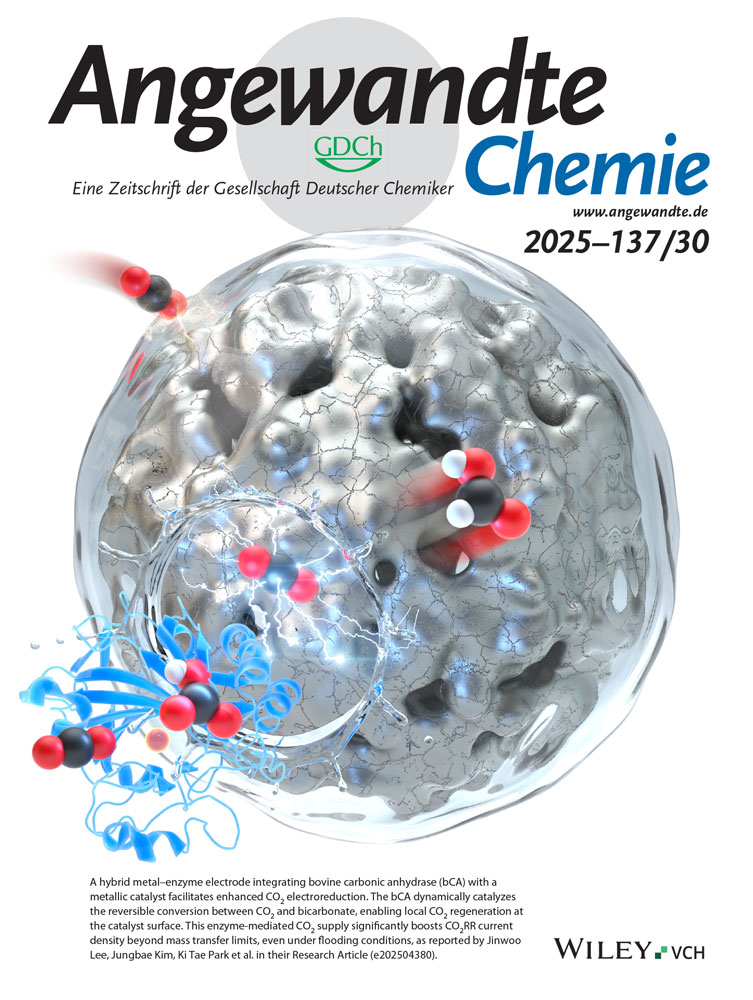Plasmonic DNA-Barcoded Virion Nano-Oscillators for Multiplexed Quantification of Small-Molecule Binding Kinetics to Membrane Proteins
Abstract
A high-density nano-oscillator platform using self-assembled DNA-barcoded virion sensors is developed to address the critical need for high-throughput label-free measurement of small-molecule binding to membrane proteins. By integrating virion display technology with charge-sensitive plasmonic detection, our platform enables robust, label-free quantification of small-molecule binding kinetics to membrane proteins. Gold nanoparticle-virion conjugates are self-assembled onto a plasmonic sensor chip via a flexible molecular linker to form high-density nano-oscillators. Driven by an alternating electric field, the oscillation amplitudes of the nano-oscillators are precisely measured via widefield plasmonic imaging. This charge-sensitive mechanism can sensitively detect the binding of small-molecule ligands to the membrane proteins displayed on the virions at single-nanosensor resolution, overcoming the sensitivity limit of conventional mass-sensitive techniques. More importantly, the platform employs novel affinity-discriminated DNA barcodes for multistate decoding with exponential multiplexing capacity, enabling high-throughput screening of a library of membrane proteins. For a proof-of-concept demonstration, binding kinetics of five pairs of G-protein-coupled receptors and their corresponding small molecule ligands are measured on a single sensor chip, with all individual nano-oscillators identified by just two affinity-discriminated, quadra-state DNA decoders. This technology advances membrane protein research and drug screening capabilities, offering a practical solution for biomolecular interaction studies and biosensing applications.
Conflict of Interests
A US provisional patent application (63/649.551) has been filed by Skysong Innovations, LLC, on behalf of Arizona State University, based on an early draft of this article. Inventors are S.W. and S.C.
Open Research
Data Availability Statement
The data that support the findings of this study are available from the corresponding author upon reasonable request.




